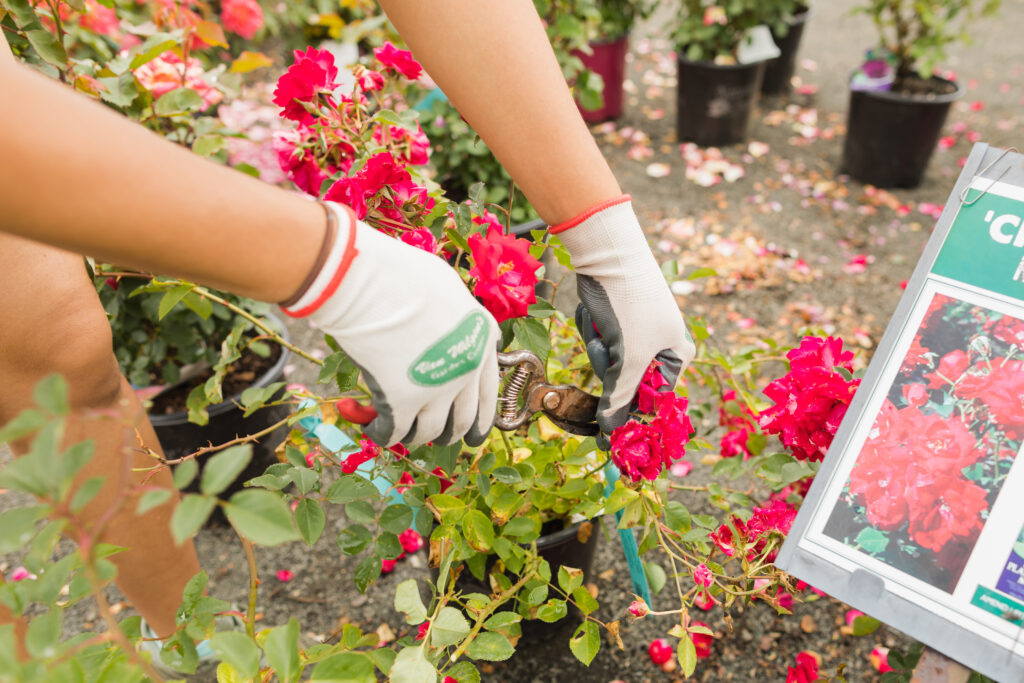The Best Time to Prune
The best time to cut back most plants is in late winter or early spring when they are fully dormant. Aggressive cutting during fall exposes newer growth, making the plant more susceptible to winter damage!

Spring BloomING TREES & SHRUBS
Make sure to prune these after they flower, using July 4th as a cut-off date
Examples: Lilac, Azalea, Rhododendron, Forsythia
Summer BloomING TREES & SHRUBS
Prune summer-blooming plants at the end of winter or early spring before they flush out
Examples: Butterfly Bush, Rose-of-Sharon, Crape Myrtle, Caryopteris, Panicle Hydrangeas
MOPHEAD & LACECAP HYDRANGEAS
Except for deadheading, these popular Hydrangea varieties should not be pruned at any time. Cutting them back will prevent them from blooming.
Roses
Roses like to be pruned once per year in late winter/early spring after your last frost date
PERENNIALS
Most perennials can be cut back in the fall EXCEPT Lavender, Russian Sage, and Geum
Ornamental grasses
Keep these around all winter to protect the base of the plant, where the new growth will emerge in spring. Prune them between March and April
EXCEPTIONS
Good reasons to break out your pruning shears year-round include:
- Dead, Diseased, or Dying sections – prune off whenever you see this becoming an issue. Waiting to cut these sections off will only hurt your plant.
- Deadheading – removing spent blooms can be done to encourage reblooming or to refresh them visually